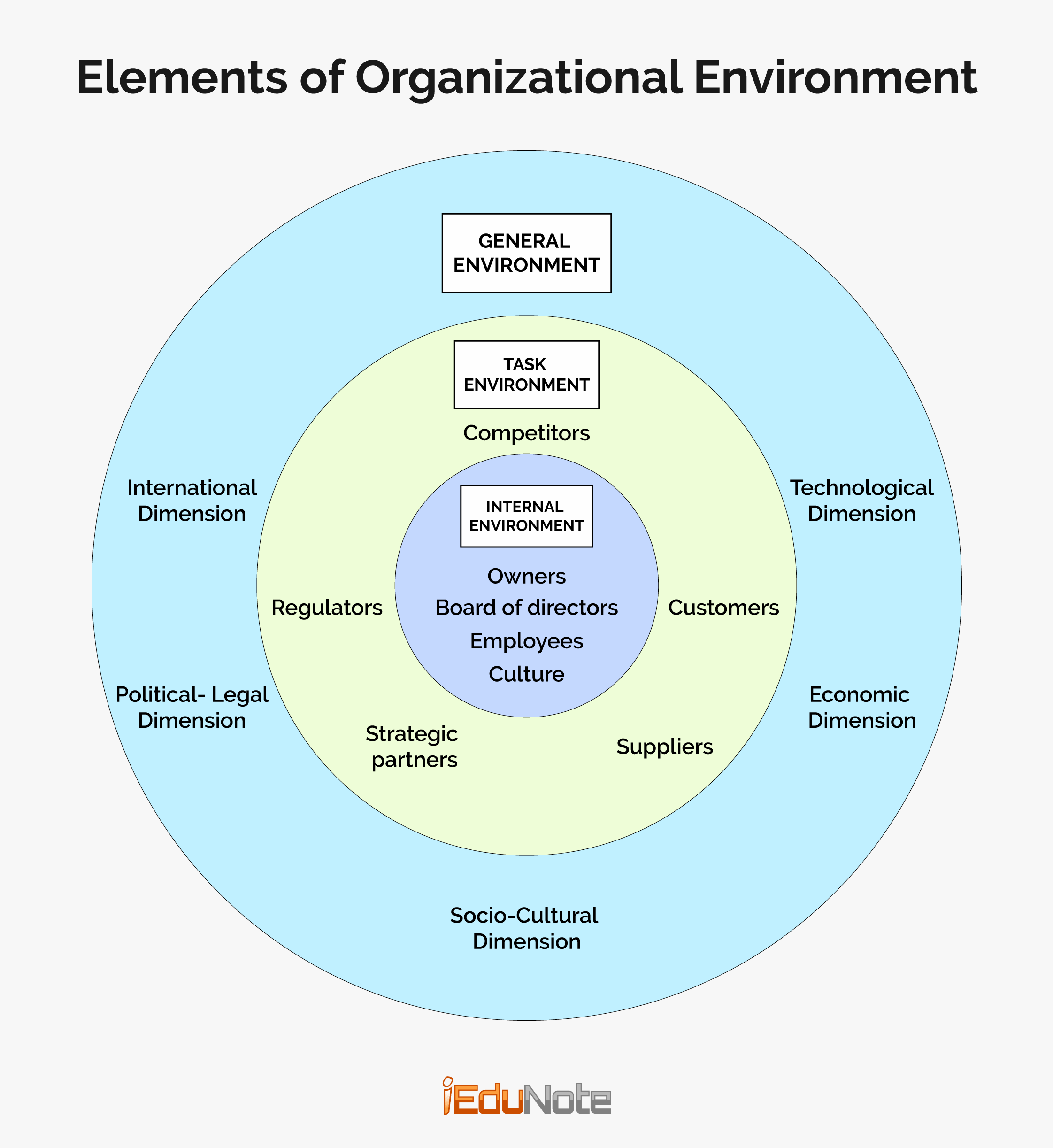Learn Limited Partnership; advantages of limited liability, tax benefits, streamlined decision-making, and easy compliance.
What is Limited Partnership?
A limited partnership firm formed by general partners and limited partners, where the general partner(s) run the business and have liability and limited partner(s) has no day-to-day involvement in the business decision making. A limited partner’s liability for a partnership firm is limited to the invested amount in the company.
There are two types of partnerships: general partnerships and limited partnerships.
General partnerships consist of two or more partners; these partners jointly manage the company’s day-to-day operations and share responsibility for its debts and liabilities.
Each partner contributes to the partnership both financially and in sweat equity and shares in the company’s profits and losses.
Limited partnerships have both general partners and limited partners. The limited partners in the relationship are usually purely investors who do not have the same day-to-day responsibilities as the general partners in the partnership firm.
Advantages of Limited Partnership
Let’s take a look at the advantages of a limited partnership:
Tax benefits
As with a general partnership, the profits and losses in a limited partnership flow through the business to the partners, all of whom are taxed on their income tax returns.
The difference is that the limited partners in the relationship get to share in the profits and losses, but they do not have to participate in the business itself.
Liability limits
A limited partner’s liability for the partnership’s debt is limited to the amount of money or property that the individual partners contributed to the partnership.
This is not true of the general partnership, where any money or property contributed becomes an asset of all the partners.
The general partners take charge.
In a limited partnership, the general partners deal with the daily operations and responsibilities and don’t need to consult the limited partners for most business decisions.
No turnover issues
Limited partners can be replaced or leave without dissolving the limited partnership.
Less paperwork
Creating a limited partnership, like a general partnership, requires less paperwork than forming a corporation. However, it’s important to create and file a partnership agreement in the county where your company does business.
Investment opportunities
A limited partnership is a great way to offer investors the opportunity to benefit from the profits and losses of your business without getting them involved in the business.
Disadvantages of Limited Partnership
The disadvantages of forming a limited partnership are:
Risks to the general partners
In a limited partnership, the general partners must carry the burden of all the business’s debts and obligations. If the company issued or enters into bankruptcy, all debts and liabilities are the responsibility of the general partners.
Also, each general partner can make decisions on behalf of the company, and those decisions become the responsibility of all the general partners.
Compliance challenges
A general partnership does require less paperwork than a corporation. However, because, in essence, you have investors (the limited partners), you must still hold annual meetings and create a detailed partnership agreement.

